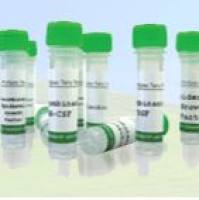The purpose of this chapter is to first describe common clinical and laboratory tests and measures used to capture alterations in motor control in individuals with Parkinson’s disease (PD) and secondly, to detail both morphological and motor tests that are used in two rodent models of PD. For the description in humans, it is organized within the body structure and function and activity categories of the International Classification of Functioning, Disability, and Health (ICF). Specific tests discussed include the retropulsion test, turning test, Unified Parkinson’s Disease Rating Scale, Timed Up-and-Go, Berg Balance Scale, electromyography, quantitative digitography, motion analysis, and force plate perturbation. Testing procedure, set-up, and interpretation are described and examples of application in the PD population are provided. We hope that clinicians and researchers develop a beginning understanding of the different methods available for examining alterations in motor control in individuals with PD. Using the rat model of PD, we first describe in detail a new ultrastructural processing method that is used not only to process tissue but also to localize specific proteins that can then be used to correlate synaptic changes with motor alterations that are observed following depletion of dopamine. Finally, using a mouse model of PD, we describe three locomotor tests that can be quantified and correlated with the loss of dopamine-labeled neurons in the substantia nigra.






